The Alumni get together took place on 5, 12, 19 & 26 Sep. 2020, online over Skype

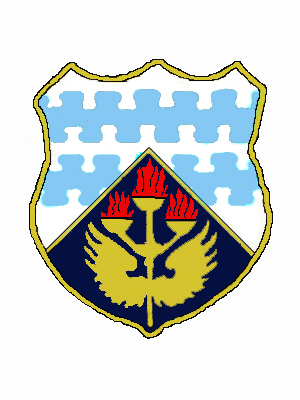
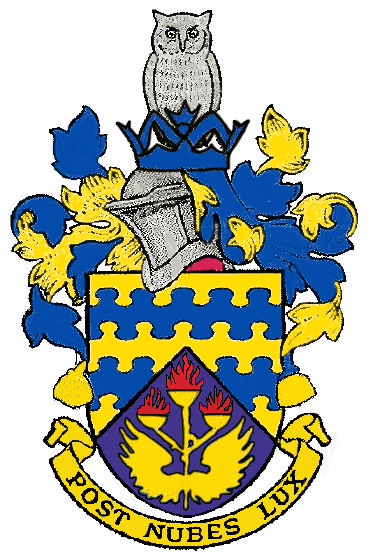
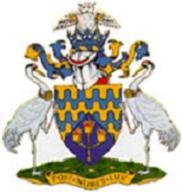
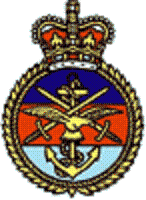
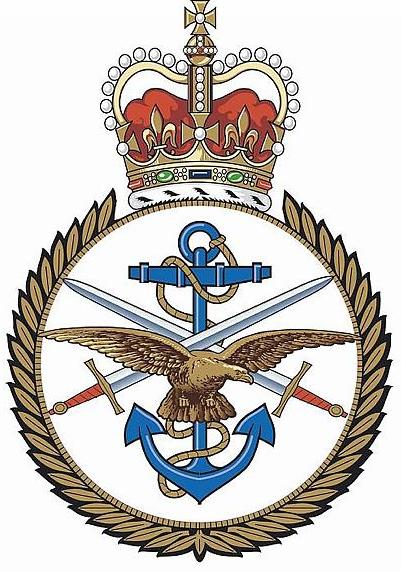
Get-together The Alumni Facebook India Alumni in Cranfield Connect (Nov 2009) The Pioneers
The Invite
Saturday 5 September, 12:00 (IST): About India Alumni Community Saturday 12 September. 12:00 (IST): Shrivenham & Cranfield History
Saturday 19 September, 12:00 (IST): Relationship between Cranfield and Other organisations Saturday 26 September, 12:00 (IST): Alumni Events post Dec 2020
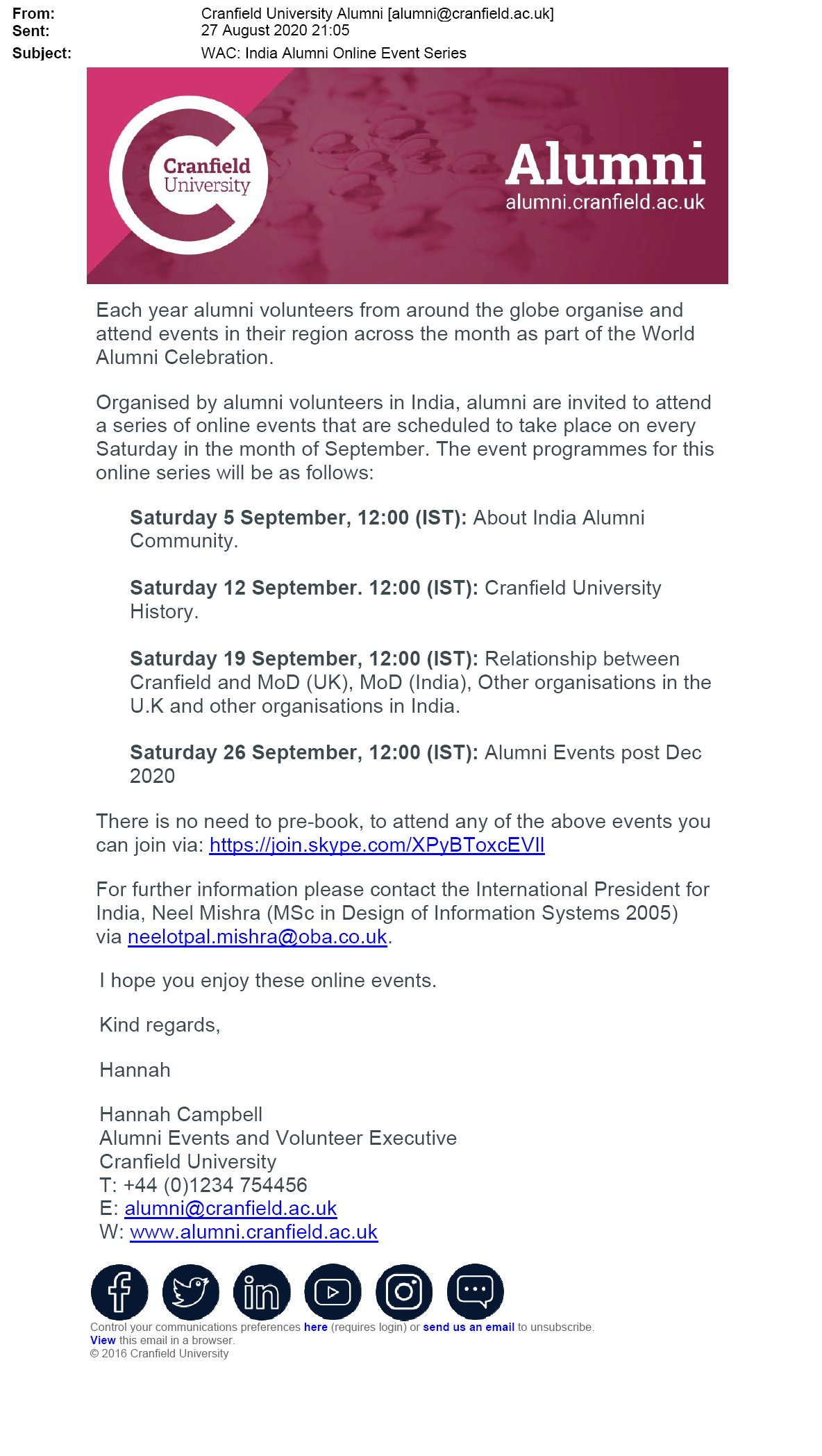
The Invite (above) & The attendees (below)
Mahima, Kiran Raj, Yashika Arora, Vinayak Seth, Srinidhi Prakash, Fardeen Malbarwala, Parag Sehgal, Manish Singh Mason, Rushabh Shah, Dhanush S, Hillol Nag, Pushkal Mishra, azhoni, Vinayak Seth, Ankit Gupta
About India Alumni Community
1. History of the Cranfield Alumni association: The Cranfield Society India group also called the “CranSoc-India” had been formed on 18 March 1981 and has been active in India since then. The office bearers of the society are:
a.The Chairman : Gp. Capt. (R) Baljit Kapur, 1956-58, College of Aeronautics, Design
b.The Secretary : Wg. Cdr. (R) Iqbal Singh, 1959-61, College of Aeronautics, Propulsion
c.The Treasurer : Gp. Capt. (R) H S Bhatia, 1960-62, College of Aeronautics, Control Engineering
The Alumni association accepts all those Indian alumna and alumnus who have studied at the erstwhile Royal Military College of Science, erstwhile College of Aeronautics, erstwhile Cranfield Institute of Technology, erstwhile Defence College of Management & Technology, Cranfield University and the Defence Academy - College of Management and Technology and the Technology School at Shrivenham.
The website is http://indpaedia.com/rmcs/
2. Get together happen all over India. More details can be found at http://indpaedia.com/rmcs/get-together.html. We plan to meet at least once a year at multiple locations in India.
3. The total strength of the India alumni is 1093. Starting from a strength of around 50 members in 1981 to 80 in Dec 2008, 167 in 2009 being 350 in 2012 and around 369 in 2013.
4. The group email ID of the India alumni is sent via cransocindia@yahoo.com
5. The India alumni web site has had over 2,400 visitors since May 2010 from all over the globe.
The locations from where the India Alumni web site has been accessed is shown in the picture below. The hits on the website have been depicted below.
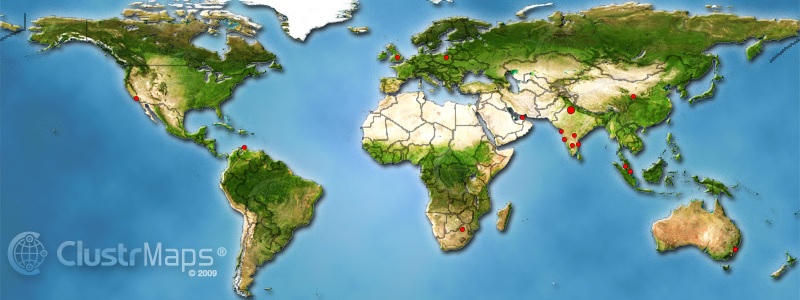
Website hits on 07 Jun 2010
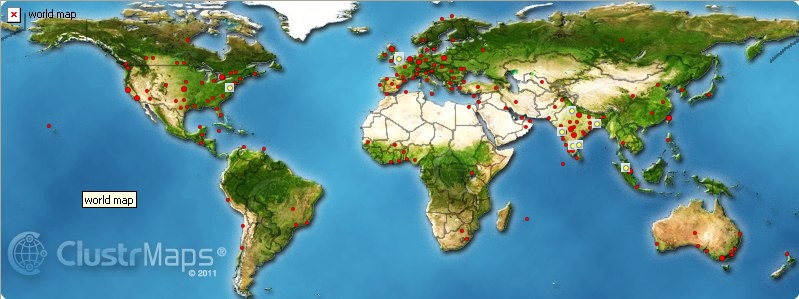
Website hits on 28 Nov 2012
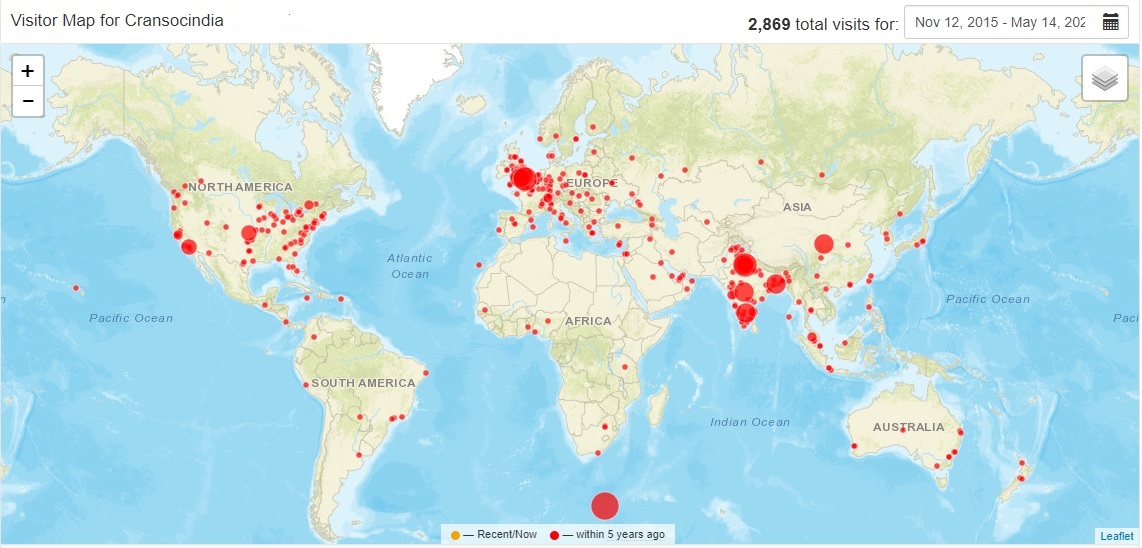
Website hits on 14 May 2020
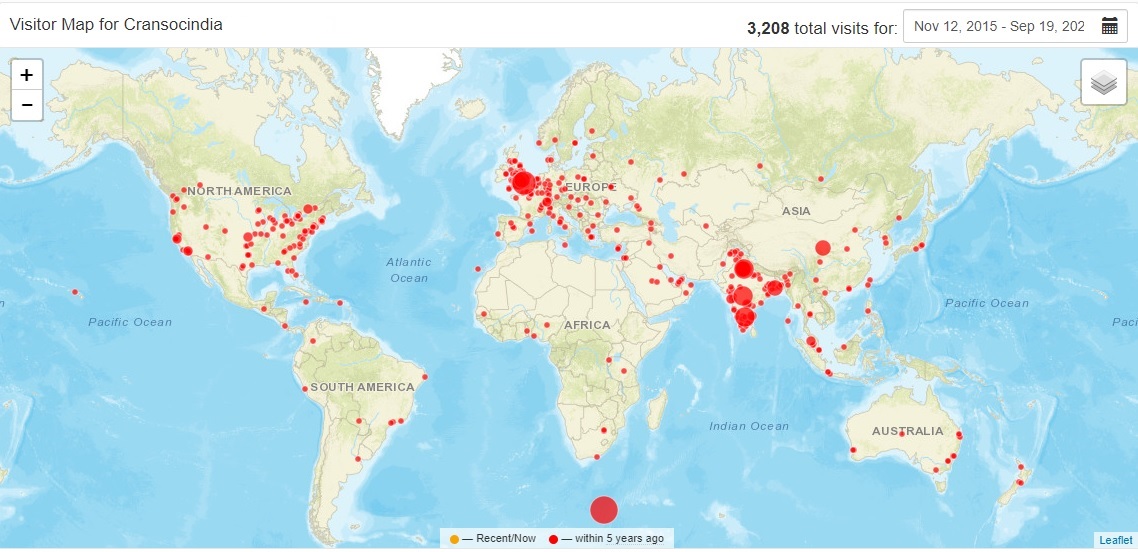
Website hits on 19 Sep 2020
7. We have had the proud privilege of being associated with Alumni of Cranfield who were at Shrivenham & Cranfield in 1946.
8. Cranfield has close relationships with Government and private organisations in India.
Shrivenham & Cranfield History
1. Shrivenham:
In 1850 the Army established the Department of Artillery Studies at Woolwich to further the education of young Artillery Officers. Over the years the Department changed its name, in succession to the Artillery College (1887-1897 and 1921-27), the Ordnance College (1899-1921) and the Military College of Science (1927-1953). It was originally housed in the same building as the other institution dedicated to the spread of knowledge about scientific aspects of weaponry, the Royal Artillery Institution, but in 1887 it moved to another building in Woolwich known as Red Baracks. During the Second World War the College was dispersed to various locations and was subsequently re-housed in the village of Shrivenham on the borders of Wiltshire, Oxfordshire and Berkshire, where, when it has taken firm root, it was renamed Royal Military College of Science in 1953.
During the period of the Second World War the college was divided into two wings at Bury, Fire Control School and Stoke, Artillery Equipments School. The M.T Wing was separated from the college and became R.A.M.T School in 1942 a third wing of the college was formed at Chobham, Tank Technology Wing. In 1946 the college was reformed at Shrivenham.
The College celebrated its centenary in 1964 rather than 1950, thereby emphasising the importance it placed on the Advanced Class which begun in the Department of Artillery Studies in 1864. A small group of officers attended the Advanced Class where they were educated in science and technology so that they could take charge of design and production of weapons in the Royal Arsenal at Woolwich.
1a. The Royal Military College of Science (1850-2005)
In 1850 the British Army established the department of Artillery studies at Woolwich. Over the years the department changed its names to finally become RMCS.
In 1984 a third campus was added at Shrivenham when Cranfield Institute took over teaching and research at the Royal Military College of Science under contract to the Ministry of Defence. The RMCS became part of the Defence Academy of the UK in 2002. It has in 2005 been superseded by the Defence College of Management and Technology.
In October, 2004 there were 216 undergraduate students, all full-time, at the Shrivenham campus. The last intake of undergraduate students took place in October 2003, so they grduated in October 2006.
As of October 2004, thirty (30) postgraduate students are registered on degrees at Ctanfield's partner military institutions:
>> MSc Defence Geographic Information (seven students) Royal School of Military Survey, Hermitage
>> PgDip/MSc Information Systems (15 students) Information Division, Shrivenham
>> MSc Military Construction Engineering (eight students) Royal School of Military Engineering, Chatham.
1b. Defence College of Management and Technology (2005-2009)
RMCS changed its name to DCMT in 2005 to develop the College to become a key source of knowledge and expertise for all those involved in acquisition and the wider business of defence, and supporting implementation of the Defence Industrial Strategy and other initiatives such as Professional Skills for government.
1c. Defence Academy - College of Management and Technology (2009-2014)
The Defence Academy - College of Management and Technology comes into being on 1st April 2009 as the result of the College Integration Programme.
The new College brings together a number of pre-existing training, Education, and Development organisations.
These include: DaLearning; dblearning; the Defence Leadership and Management Centre; DCMT Technology Division, Nuclear Department at HMS Sultan; the Resource Management Centres; the Joint Equality and Diversity Training Centre, and the Defence Technical Officer and Engineering Entry Scheme.
From 1 January 2009, the School at Cranfield’s Shrivenham campus changed its name to Cranfield Defence and Security.
The change from the Defence College of Management and Technology (DCMT) reflects the School’s business both within the University and the Defence Academy of the United Kingdom.
1d. Defence Academy, Technology courses under the Operations Director (2014-2018)
1e. Defence Academy Technology School (2018-Date)
Technology School develops and delivers world class science, technology, and engineering education in order to maximise the ability to meet the challenges of contemporary and future defence and security operating environments.
The Technology School offers education, training and learning in the application of science. Courses include Cyber, Explosive Ordnance Engineering, Information Management, Military Technology, Trainer and Training Development and Support. Courses may be online, part-time or full-time and are also conducted overseas. Courses range from A level via individual course modules and MSc’s to PhD. International military and civilian students are warmly welcomed.
2. Cranfield:
2a. A board of Governers was appointed under Air Chief Marshal Sir Edgar Ludlow-Hewitt to set up an university. They met for the first time on Wednesday June 28, 1945. This 'University of the Air' called 'The College of Aeronotics' was designed to produce tomorrow's leaders of industry and research in a sphere that is peculiarly British. The university would draw to Bedfordshire some of the fines brains in the United Kingdom. In December 1946 the Air Ministry decided that the EPTS should move from Cranfield. The entry in the first two years course at the university would be around 50. In the spring of 1946 a total of 106 applications were received. Eight students from the Royal Air Force and five from the Royal Navy were taken on the recommendation of their respective Services. The final list contained 49 names. Of these, two from India and one home applicant later failed to come, one left early owing to sickness, and one to take up an appointment. One student joined after the commencement of the session, making the number to 45.
2b. College of Aeronautics (1946-1969)
The predecessor to this institution was RAF airfield for which work was started on 100 acres of land in 1935 and the airfield was formally opened on 1 June 1937.
In November 1945, the ETPS transferred from Cranfield and finally moved to Farnborough in 1947.
The mission of the college was given very broad terms of reference:
‘To find out everything and anything of interest that could be learnt from the Americans about aircraft production and design.’
The allocation of college buildings took place at an Air Ministry meeting in February 1946. Initially two hangers were converted into large laboratories.
1953: the Work Study School, which evolved to become Cranfield School of Management, opened.
1964: the first Cranfield MBA programme was run.
1967: Cranfield School of Management was founded.
2c. Proceedings of the work study school conference. Cranfield, March 1954
The Conference was arranged by request of the students of the Work Study School who attended the three courses. Out of a potential 56 students, 34 attended the Conference, and apologies for their absence were received from most of the remainder. The intention of the Conference was to give students the opportunity of renewing contact with their former colleagues, and to hear reports from people who had been putting Work Study into practice during the previous months, It was generally agreed that the Conference was a success, and arrangements are in hand for such conferences to be held annually.
2d. House of Commons debate on Royal College Of Aeronautics, Cranfield on 16 July 1965, Mr. Charles Anthony Raven Crosland, Secretary of State for Education and Science (1965–67), stated:
As regards the relationship between the Work Study School and the Chair of Industrial Management at Cranfield, and the question of future expansion, I would refer the hon. Member to the replies which I gave to the hon. Members for Sheffield, Hallam (Mr. J. H. Osborn) and Devizes (Mr. Charles Morrison) on 15th July. The total number of students attending the School during the academic year 1964–65 was 623. The total income for the financial year 1964–65 was £55,165, of which £55,131 was derived from tuition fees and £33 from miscellaneous sales. The tuition fees, all of which were paid on behalf of students by sponsoring firms and organisations, included £414 paid by local authorities. No other income was received from local authorities and the School received no income from the University Grants Committee or my Department.
Measures introduced by the College of Aeronautics in consultation with my Department during 1963 and subsequent years have resulted in significant reductions in costs, including those of ancillary services, and improved accounting procedures. Between January, 1963 and January, 1965, total staff employed by the College were reduced from 703 to 549; the deficit on the halls of residence, which amounted in 1963–64 to nearly £23,000, is expected to be eliminated in the current financial year; airfield operating costs for 1965–66 are estimated at less than £17,000 compared with £35,000 in 1962–63; and considerable economies have been achieved in transport, and works and other services.The staff and student housing account is now self-financing, and a new pattern and level of rents has been introduced from 1st April this year. This is subject to further revision in two years' time Contract work has been reorganised and separated from the other activities of the College, and will be accounted for on a self-financing basis. The budgets of the Work Study School and the Advanced School of Automobile Engineering now make allowance for the general services rendered to them by the College.The general effect of these measures, coupled with a large increase in the student population since 1962–63, has resulted in a progressive reduction in the net cost per student from the £4,000 mentioned in the Fourth Report of the Committee of Public Accounts to a figure estimated at a little over £2,000 in the current year.
2e. Cranfield Institute of Technology (1970-1994)
The Royal Charter was grated in 1970 for a new institution to be called Cranfield Institute of Technology with the objectives being:
(a) To advance, disseminate and apply learning and knowledge in the disciplines of the sciences, engineering, technology and management
(b) To promote and encourage the application of that knowledge and learning to the practices of design, development and manufacture and to the organisation of industry and the public services.
2f. In February 1959 the Minister of Education announced to the ‘House of Common’s that a new National College devoted to Agricultural Engineering was to be established. This was to provide a source of well-educated graduates to enter the Agricultural Engineering sector for the benefit of the Agricultural Engineering Industry both within the UK and Worldwide.
As the ‘Institute of Agricultural Engineering’ was already established at Wrest Park, Silsoe, it was decided that it would be appropriate if the National College should also be located at the same site. In the event, the ‘Institute’ was located on one side of the A6 road and the ‘College’ on the other side.
Whilst the College was under construction the first cohort of 20 students began their studies at Boreham House, Chelmsford, (the Ford tractor Training centre) in September 1962. They moved to their permanent home at Silsoe in 1963, and in 1964 the first 15 postgraduate students were accepted from 9 different countries.
In 1975 the National College of Agricultural Engineering at Silsoe was amalgamated with the then Cranfield Institute.
Silsoe is some 15 miles from Cranfield.
2g. "Cranfield School of Management", Education + Training, Vol. 21 No. 5, pp. 159-160 by Allen OBE, B. (1979)
An airfield must seem a strange location for a school of management. The present school arose from the activities of the Cranfield College of Aeronautics which, like the school, was set up to fulfill a need for Britain's industrial development. Alongside the aeronautical work there evolved a growing interest in looking at different work functions in the context of their industries, leading to the formation within the College of a Department of Aircraft Economics & Production. The post‐war concern about productivity led to the establishment in 1953 of the Work Study School. Early courses at the School concentrated largely on method study and involved routine factory visits. It was not long before courses were introduced to teach maintenance and design engineers to adapt work study techniques to their own purposes. Work study officers were trained in statistical methods; O & M courses were introduced and proved spectacularly successful. In short, work study started to prove itself to be a many‐headed creature.
2h. Cranfield University (1994-Date)
1993 the Royal Charter changed the institution's name to Cranfield University.
The student population of the University in October 2004 was some 3,075. Of these, 2,859 were postgraduates of whom 2,106 were studying for postgraduate taught degrees and 753 were registered for research degrees. Some 40 per cent of postgraduate students were studying part-time.
The 216 undergraduate students, all full-time, were based only at the Shrivenham campus. The last intake of undergraduate students took place in October 2003, so from October 2006 the University's student body will be entirely postgraduate. Approximately 18 per cent of all students are from outside the European Union. The student body is predominantly mature with an average age of 33. Men outnumber women by almost four to one.
The University has a number of collaborative partnership arrangements with overseas institutions. In line with the University's move (in 2005) to becoming a solely postgraduate institution, its undergraduate validated provision - the BA (Hons) Design (27 students) at Swindon College - transferred to the University of Bath at the end of 2005.
In 2009 Silsoe College was closed and its activities were relocated to the main campus at Cranfield.
3. Shrivenham American University:
In 1945, the U.S. Army masterminded one of the greatest educational experiments of the 20th Century.
Within five months of VE Day, it had created three entirely new ‘universities’ in Europe. Campuses in Florence, Shrivenham and Biarritz offered a genuine college education to officers and enlisted men who had fought the Axis powers, and were now awaiting demobilisation.
In Biarritz, the only reminder of the U.S. student occupation is a street sign that reads, “Rue de l’ Université Americaine, 1945-1946.”
Thousands of soldier-students passed through these institutions. But by the spring of 1946, all three had closed their doors for ever; and they are little remembered today.
Of the three Army universities in Europe, Shrivenham was both the most similar to a domestic US college campus and the nearest in character to a military encampment. Shrivenham American University (SAU) opening its doors on August 1, 1945.
Army University Center No 1 in Shrivenham, England – soon renamed Shrivenham American University – opened with an enrolment of 3,641 students, including 28 women. A further 4,154 students would attend the second of its eight-week terms.
They enjoyed all the facilities of a US campus, including a beer tavern, soda fountain and American football gridiron. Before long, there was even a coat of arms and school song.
However, military discipline persisted: reveille was sounded on an air-raid siren at 0615 hrs. on weekdays; uniforms were worn and superiors saluted; and after absenteeism began to creep up, skipping classes became punishable by court-martial. Nevertheless, students were given great freedom to travel. Special buses were laid on to Oxford and Swindon, and weekend passes were easily available.
Oxford University helped set up SAU, offering its staff use of the Bodleian Library. However, it suffered from severe shortages, and its own library was a particular problem. Books had to be obtained on reverse lend-lease, on loan from the Library of Congress, and from private goodwill – including that of a Swindon postman, who donated 1,000 volumes.
There was a state-of-the-art language laboratory, proudly shown off to all visiting academics and dignitaries. In 1945, SAU’s journalism course was the only one offered at a university anywhere on British soil, and would remain so until 1970. Likewise, the campus radio station, AFN-SAU, predated Hertfordshire’s Crush Radio – usually considered Britain’s first student broadcaster – by some 15 years.
The student paper, the Shrivenham Post – produced on newsprint requisitioned from Germany – was remarkably competent, thanks to some of America’s top journalism tutors. Its mix of campus and world news, light features, pin-ups and sport made it a livelier read than any UK local paper.
The standard of the soldier-students shocked the civilian and military academic staff. And SAU’s internationalist ethos and innovative teaching methods (particularly the use of informal discussion) greatly impressed British visitors. The New Statesman led calls for SAU to remain open after two terms, perhaps with the UK forces taking a half-share – and for Britain to develop a comparable institution.
In a welcoming address, General Thiele said to the students, visitors, and staff: "The Shrivenham American University is not just another Army school; it is unique in that it is a University in every sense of the word although in the Army and on foreign soil. As most of you have been to college for one or more years, you will understand what I mean when I say the curriculum you will take here corresponds very closely to the summer school courses given by our colleges and universities at home. Here you have a choice of 257 courses in Agriculture. Commerce. Education, Engineering, Journalism, Liberal Arts. Fine Arts, and Science. To give these courses we have assembled a faculty of 220 members drawn from 149 of our leading institutions of higher education. This faculty consists of civilian professors and professors in uniform, both officers and enlisted men. I am very proud of our faculty and do not believe that there is any institution in our country which has a better one.”
4. RAF Watchfield:
In 1939, Watchfield Flying Club, Cub Airport Ltd, Watchfield, Swindon.
In 27/07/1939, Flight magazine wrote "A few days later a private-use licence was alsoissued for Swindon aerodrome at Watchfield. This is controlled by Mr. A. J.Walter, who is the agent in this country for the Piper Cub and is operating aCivil Air Guard club there." Hanworth Air Park, Feltham, Middlesex.
Units: Flying and parachute training
Opened: circa 1940
Closed: circa 1972
Flying Unit: The School of Flying Control, No. 1 Beam Approach Schools
Watchfield became recognized as the "Beam Approoch - Central Flying School", there was never a concrete runway at Watchfield. It was all grass, and during the winter, large ports of the field were unusabled due to mud and pools of water.
The Airfield scene from the film / motion picture 'The Man Who Never Was' (1956) showed the control tower at Watchfield
5. RAF Cranfield:
The Royal Air Force at Cranfield had opened on June 1, 1937, under the control of No 1 (Bomber) group, and the following month became base of 62 and 68 Squardons and their Hawker Hind bi-planes. Throughout the winter of 1939-40 work went on at Cranfield to replace its grass airstrip with three properly surfaced hard runways. These runways became the target of enemy attacks in the late summer of 1940, during the Battle of Britain. The first bombing came on the night of August 27-28, when incendiary and high explosive bombs were dropped to the north and south of the airfield. In August 1941, No 51 Operational Training Unit (OTU) opened at the airfield, offering night fighter crews courses, mainly with Blenheims, and assumed major importance that Cranfield acquired a satellite at Twinwood, north of Bedford, where Blenheim Vs were introduced early in 1942. At the end of the war No 51 OTU was disbanded, and by the end of June, 1945, their last Mosquitoes, Beaufighters and Beauforts were flown away. But flying returned to Cranfield within months, when Empire Test Pilot's School (ETPS) transferred from Boscombe Down in November. The first ETPS course began at Cranfield in January 1946, and post-war needs for test pilots in Britain and around the world were increasingly met by its graduates.
Relationship between Cranfield and Other organisations
1. Scoping study tour to develop a local model for Post-Harvest Management and cold-chain storage hub.
Dr Natalia Falagan from Cranfield University was among British experts in Delhi, Haryana and Hyderabad in India on a scoping study tour to develop a local model for Post-Harvest Management (PHM) and cold-chain storage hub. Improving fresh fruit and vegetable post-harvest management by using sustainable technology, such as cold storage and distribution systems, is key to preventing food wastage and boosting the income for Indian farmers.
2. Information for organisations in India wishing to work with Cranfield University, UK.
We can make a real difference to you and your organisation, whether you are a multi-national company, a growing SME, a small start-up or public sector organisations.
Many organisations in India such as Tata, Hindustan Aeronautics Ltd, the Indian Institute of Technology, Kharagpur; Aadyah Aerospace Private Limited and the Government of Telangana have all benefitted from our work in creating the next generation of leaders, engineers, scientists and technologists particularly within the Indian defence and aerospace industries.
3. Building the capability of the Indian defence industry
Cranfield has close relationships with global businesses such as Tata and Hindustan Aeronautics Ltd and has been involved with building the capacity of the Indian defence industry through knowledge transfer, both in the UK and in-country:
--> In March 2016, Cranfield University signed an MOU with Tata Power SED to explore the possibility of entering into a strategic partnership through research and development and academic study in the areas of defence-related engineering and emerging technologies.
--> The Indian Ordnance Factory Board (OFB) has been sending their officers to Cranfield University for more than 30 years. One of our alumni, Shri SC Bajpai was the Director General and Chairman of OFB.
--> The Defence Research and Development Organization (DRDO) has been sending their scientists on specialists courses for nearly 50 years to Cranfield.
--> For the last ten years, Hindustan Aeronautics Ltd (HAL), India’s largest aerospace company, and Cranfield University have partnered in a 'High Flyers' MSc programme to prepare HAL officers to meet the future challenges of the aerospace sector in India, with an objective of creating leaders who will lead HAL into a new era through by providing technical leadership to the organisation. Over 200 HAL officers have now participated in this programme.
4. Cranfield at Aero India 2017
Aero India provides a fantastic forum for industry, government and academia to come together to address the needs of Indian defence and security. As one of the world’s largest providers of postgraduate defence education, Cranfield University was proud to continue to be a part of that discussion at the 2017 event in Bengaluru.
At Aero India, we continued to grow our long-established relationship with the Indian Government, industry and academia with new partnership agreements signed with Manipal University, the Indian Institute of Technology Kharagpur, Aadyah Aerospace Private Ltd and the Government of Telangana, among others.
It is through these new exciting partnerships that we hope to play our part in empowering the defence and security industry in India to create the next generation of leaders, engineers, scientists and technologists.
5. Cranfield University has signed a series of Memorandums of Understanding (MoU) with the Indian Government, industry and academic institutions, to provide education and training to future industry leaders.
The agreement with the southern state of Telangana, which is looking to create a special economic zone for defence and security, covers providing short-term, industry-specific courses to companies as well as fully-fledged courses in Aeronautical Engineering. Other agreements with the Indian Institute of Technology, Kharagpur and Aadyah Aerospace Private Limited to provide higher education were also signed at the Aero India event.
The rapidly developing Indian economy, coupled with the fast pace of technological change and the growth of the defence industry in India, has underlined the growing need for specialist higher education. India has recognised the need to modernise its defence capabilities and increase preparedness by committing to providing 40 million university places by 2020.
Sir Peter Gregson, Vice-Chancellor and Chief Executive of Cranfield, also addressed ‘The Indian Aerospace: Investors Meet’ event. He shared the podium with the Indian Minister of Defence, Mr Monohar Parrikar, and The Minister for Industries and IT, Mr K T Rama Rao and leading businesses including Lockhead Martin, Rolls Royce, Airbus, Boeing and Thales. The panel discussed the investment opportunities in the growing Indian sector. It was hosted by the Confederation of Indian Industry (CII).
Sir Peter Gregson said: “We have a long-established relationship with the Indian defence industry. It has been a pleasure to expand and deepen our connections with Government, business and academia this week. We look forward to continuing to play our part in empowering the next generation of technology and management leaders in India.”
As an exclusively postgraduate institution, the University has been educating Indian students from Government and industry for over 70 years. These exciting new partnerships will allow Cranfield will work more closely with the Government of Telangana, to help meet the growing requirements in the defence sector. The Indian defence industry, in collaboration with academia, will work to address the demand and shape the curriculum for the next generation of scientists and engineers enabling students to be industry-ready in a globally competitive market.
6. SRiX inks pact with UK’s Cranfield varsity to help startups access new markets.
In a joint statement, the partners said a 10-week immersion program was being developed with Indian startup companies mentored in the UK by leading Cranfield academics under the collaborative deal.
7. Double Degree Program Offered Jointly by Defence Institute of Armament and Technology and Cranfield University
Double Degree (DD) Program Offered Jointly by DIAT and Cranfield University (UK) DIAT in association with Cranfield University (CU) proposes to commence a Double Degree (DD) program from the academic year 2019-20. Under this program, the admitted candidates will receive two degrees concurrently, i.e., M.Tech degree from DIAT and an M.Sc degree from CU in respective disciplines. Admission will be open for sponsored officers from Indian Army, Navy, Air force, Defence Public Sector Undertakings, DRDO and Indian Ordnance Factory as well as civilian scholarship students. The program will be of two years duration wherein the candidates will undertake their studies of two semesters at DIAT and two semesters at CU. The admission to the DD program will be subject to Academic Technology Approval Scheme (ATAS) clearance of the UK government as needed for study certain subjects in the UK.
8. Captain Tom becomes Cranfield University honorary graduate
Cranfield University in Bedfordshire has recognised Captain Tom Moore for his services to the local community and the country by awarding him an Honorary Doctor of Science in its 2020 graduation celebrations.
Baroness Young of Old Scone, Chancellor of Cranfield University, and Sir Peter Gregson, Vice-Chancellor, presented Captain Tom with the honorary degree during a video call.
Baroness Young of Old Scone, Chancellor of Cranfield University, said: “It is an honour to bestow a Cranfield honorary degree on Captain Tom. He is an inspiration to us all, and to future generations, of what can be achieved when you rise to a challenge.”
Captain Tom said: “This is something very special for me. I have heard so much about Cranfield and I am pleased we are both putting Bedfordshire on the map.”
Captain Tom is a former British Army officer known for his achievements in raising over £30million for NHS charities in the run-up to his 100th birthday during the current pandemic.
Alumni Events post Dec 2020
It has been broadly agreed that the events would be held online until the pandemic disappears.
We would have a buffer period after all restrictions have been eased before starting get-togethers.
Wishing all the alumni 'Godspeed'.